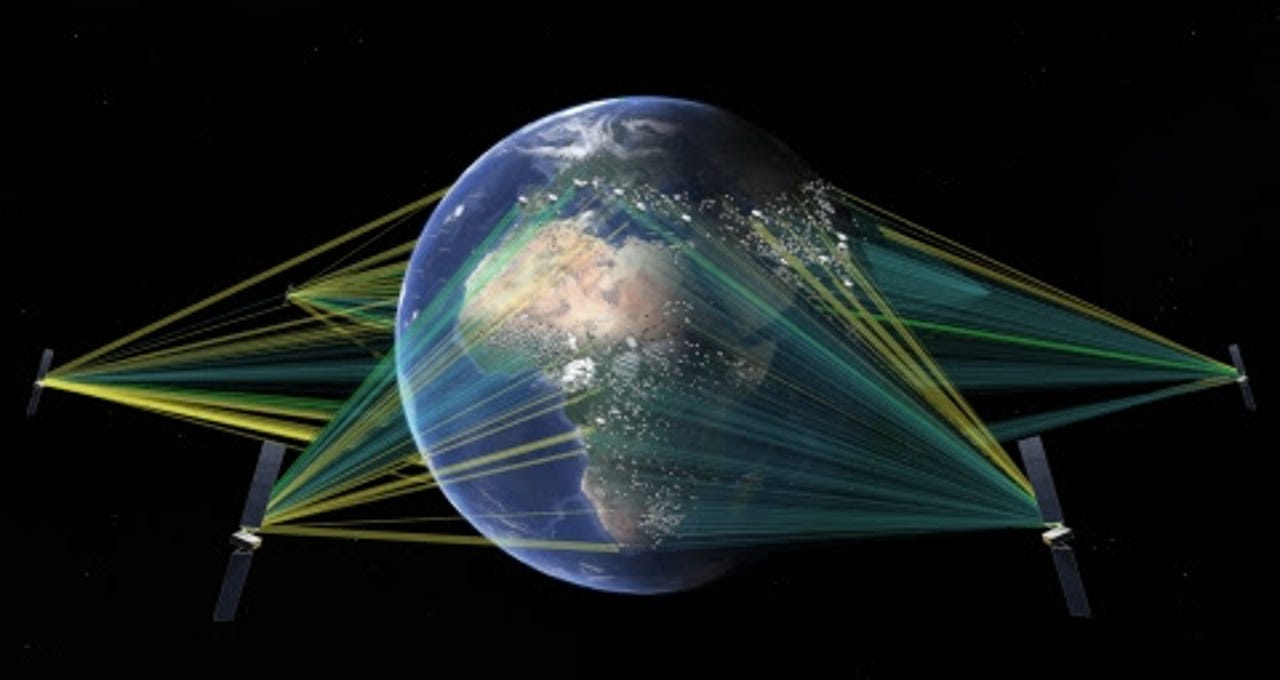Australia's foreign affairs department seeks new satellite provider


Australia's Department of Foreign Affairs and Trade (DFAT) has gone to tender for a new satellite equipment and services provider.
According to the request for tender documents, the contract would run for three years, with the potential of being extended for a further year.
The four categories of services and equipment being sought by DFAT are core satellite equipment; core satellite equipment -- modified; core technical services; and "value-added services".
Under the first category, DFAT said it needs both a linear and circular 1385-series Prodelin C-band 3.8m satellite antenna; half-aperture de-icing kits for Prodelin 1385/2385 satellite antennas capable of operating at either 120VAC or 240VAC; hot-dipped galvanised king post kit with rods and plates for Prodelin 1385/2385; hot-dipped galvanised non-penetrating satellite dish mounts for Prodelin 1385/2385; Comtech EF Data broadcast group satellite equipment comprising a CTOG-250 Optimiser, CDM-800 Transmitter, and CDD-880 receiver with all 12 demodulator channels; a Comtech EF Data CDM-840 satellite modem; and a Comtech EF Data LPOD (PS 1 and PS 2).
The second category lists a satellite outdoor unit contained within a weatherproof outdoor enclosure; a satellite indoor unit contained within a 1RU 19-inch rack enclosure; a lightning protection kit; an earthing kit; a two-channel Combiner/Divider assembly delivered in a 1RU 19-inch rack enclosure; hot-dipped galvanised adapter plates; and hot-dipped galvanised king posts modified in length including bracing.
DFAT is also after both a linear and circular Pre-Assembled Boom Arms (PABA) to suit Prodelin 1385/2385. The PABAs must be fitted with Comtech PS 1, 40W LPOD, LNB, C-band band-pass filter, rigid transmit waveguide, flexible transmit waveguide end to allow feed assembly rotation, F1 feed assembly, OMT, bird scarer, stainless steel mounting hardware, desiccant, stainless steel braid protected IF cables, control, and power cables and accessories.
Core technical services being sought by DFAT include structural engineering services by an accredited civil engineer; and repair, restoration, and calibration of all Comtech satellite electronic equipment.
DFAT's fourth category of value-added services includes the supply of free satellite equipment firmware upgrades; Prodelin 1385/2385 satellite dish installation equipment and tools; satellite spare parts and additional equipment; satellite test equipment such as a portable spectrum analyser, rack-mounted spectrum analyser (SED Decimator), satellite dish finders (Applied Instruments XR-3), and an inclinometer; coaxial and fibre cable assemblies; fixed-price per person training courses on DFAT satellite equipment; a 3.7-4m transportable C-band satellite antenna system; and experienced technical staff who can develop future satellite solutions.
Lastly, DFAT said it is seeking the supply of outdoor/riser quality and armoured direct-bury 12-core hybrid fibre cable comprising six-core single mode OS2 9/125um and six-core multimode OM3 armoured in lengths of 10m increments up to 1,000m.
"The tenderer must be prepared to release to DFAT all necessary technical documentation required for an expert level of knowledge and understanding of each system component, including technical specifications, change management, routine tasks, and procedures," the documents added.
There will be an industry briefing on September 18, and the closing date for applications is October 10. DFAT said it anticipates awarding the deed of standing order in January 2018.
Australia's Department of Defence in June extended its satellite partnership with Optus for 10 years for AU$40 million to continue operating and maintaining the C1 satellite and its services.
"Optus will reconfigure the C1 satellite to operate in an inclined orbit to reduce on-board fuel usage and extend the life of the satellite as far as 2027," Defence Minister Marise Payne said.
The deal also came with the option to support other federal government agencies and international partners.
The Department of Defence and Optus had initially collaborated to fund, build, and launch the C1 satellite back in 2003, with Optus making use of the Ku-band and Defence making use of its Ka-band, UHF, and X-band frequencies for coverage across the APAC region. The contract was last extended in July 2015 for an undisclosed amount.
Communications service provider SpeedCast told ZDNet in April that it foresees satellite growth due to defence and military spending increases under governments throughout Australia, the United States, the United Kingdom, and Europe.
The Australian government has been accelerating its military and defence satellite spending and will continue to do so, SpeedCast CEO Pierre-Jean Beylier told ZDNet.
SES plans multi-terabit satellite network
SES, meanwhile, earlier this week announced that it would be launching its multi-terabit O3b mPower product to enable global cloud connectivity.
SES is working with Boeing Satellite Systems to build seven medium earth orbit satellites as part of the project. Once complete, the satellite constellation will have 30,000 steerable beams to provide 400 million square kilometres of coverage.
"The rapidly expandable and highly scalable O3b mPower system will leverage innovative space and ground technologies, and enable SES Networks to deliver fully managed services in the dynamic mobility, fixed data, and government markets," the company said on Monday.
"O3b mPower is capable of delivering multiple terabits of throughput globally, and is scheduled for launch starting in 2021."
SES senior legal and regulatory counsel Daniel Mah had last week argued that satellite providers shouldn't be shifted off millimetre-wave (mmWave) spectrum bands in favour of mobile providers, because satellite can help enable 5G.
According to Mah, satellite can "play a role in helping mobile networks achieve latency of sub-1 millisecond" via on small cells for densification.
"It's not enough to just think of us as an incumbent that needs to be accommodated somewhere, or relocated somewhere, but to think actively and hard about how we fit and how we play a role in the 5G future," he said.